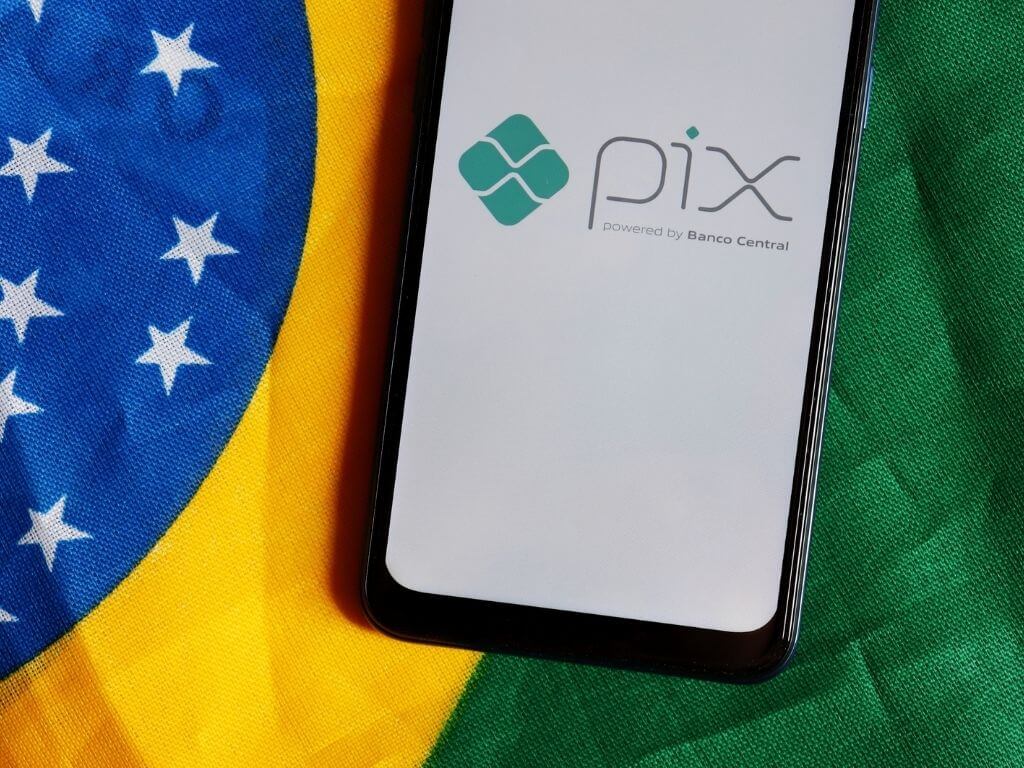Brazil is one of the most dynamic markets in Latin America for the crypto adoption and digital economy. With its national instant payment system called PIX, increasingly adaptive banking infrastructure and native banks like Itau Unibanco expanding its reach into crypto assets and custody - makes an increasingly favourable environment for stablecoin adoption and payments. For businesses which want to tap into USDT (Tether) payments from international customers or manage payouts for suppliers and contractors using USDT or other digital assets in Brazil, the powered combination of strong crypto rails, PIX and bank partnerships offer a stable and efficient route. Through this article, we’ll find out how to receive USDT in Brazil, how to pay via stablecoins like USDT and how to convert to local currency (BRL) and the necessary steps and considerations around these processes.
Understanding the financial infrastructure in Brazil
Let’s breakdown the financial infrastructure of Brazil and understand how it builds a base for more complex networks;
What is PIX?
PIX is Brazil’s Instant payment system which is operated by the Central Bank of Brazil (BCB). It fully enables real time payments and transfers in Brazilian reais (BRL), such payments can be carried out round the clock including weekends and bank holidays.
This system works on identifiers (Keys) such as phone number, email or a random key linked to bank accounts. For businesses it delivers fast access to funds once payments are settled.
Itau Unibanco and its crypto readiness
Itau Unibanco, Brazil’s largest private bank has been constantly expanding its digital asset and crypto capabilities. It has created a ‘Digital Assets’ business unit which is designated to offer trading or crypto assets (like BitCoin, Ethereum) to customers. It has also been exploring the issuance of stablecoins dabbling into partnerships offering cross border solutions. While Itau may not publicly advertise end to end USDT payout systems via PIX, their infrastructure and digital asset strategies are suggestive of the developments and hands on payment experiments with crypto service providers, banks and payment gateways to link USDT flows to bank/PIX settlements.
Why do stablecoins matter in Brazil?
- USDT (Tether) is one of the most widely used stablecoins globally. Pegged to USD, it offers a way to receive dollar value payments even if the ultimate currency is different (BRL in this case).
- In Brazil, crypto adoption is rising and stablecoins are gaining traction among local and international users.
- For cross border payments, stablecoins mean lower costs, faster settlements and fewer intermediaries.
Collecting USDT from Global Customers: Understanding Collection
Let’s break this process down into simpler, actionable steps;
- Create or designate a crypto wallet
Create a crypto wallet or a custodial account via a licensed exchange or payment gateway, that supports USDT on a referenced blockchain like Ethereum, Tron, etc.
- Generate a receiving address
A receiving address needs to be integrated into your billing or checkout process.
- Transfer initiation
Buyers send USDT from their wallet/exchange. On-chain transactions are confirmed at this step.
- Monitor blockchain
Payment gateways or Internal system monitors blockchain for incoming USDT and marks orders as paid.
- Convert or settle
You might also hold USDT or convert to BRL. For conversion, use local exchanges or services that support USDT to BRL networks (Eg. TransFi).
- Payout to bank/PIX
After conversion, funds are deposited into your Brazilian bank account and can occasionally be used for onward transfers through PIX features.
Tips for PIX and Bank Integrations
While USDT collection happens on blockchain rails, you can integrate the settlement system into traditional bank/PIX by;
- Using a payment gateway that supports USDT collection and BRL settlement which can be deposited into your bank account linked to PIX.
- When using Itau or another bank partner, you may also be able to link the fiat payout to your PIX enabled account so you can receive payments via Instant transfer.
- Some services may also enable direct crypto to PIX flow (one must check for regulatory compliance)
This model of combination is beneficial for accepting payments in USDT from anywhere in the world which keeps USD value exposure. It provides faster confirmation compared to traditional bank wires. It also accommodates lower costs for cross border flows and optimises local utilization.
Paying Out via USDT in Brazil: Understanding payouts
When businesses want to pay contractors, suppliers or freelancers in Brazil, stablecoin payouts can be efficient. Let’s decode how it works;
- You can convert funds from USD or BRL into USDT.
- Then send USDT to your Brazilian recipient’s wallet address.
- If the recipient wants BRL, they can directly convert USDT into BRL via local exchange or supporting platforms.
- If they possess a PIX enabled bank account, they can receive BRL instantly via PIX after converting.
Role of Banks and PIX
- A bank like Itau may partner with crypto custody/service providers to facilitate such payouts in the coming times.
- PIX provides the instant fiat transfer final step after conversion.
- This hybrid model of crypto and fiat rails enables speed and border access.
Benefits of crypto and local integrations in Brazil
The benefits span from accessibility to inclusivity, here are some of them;
- Reach and speed - using PIX, once funds are in BRL in a bank account, one can initiate transfers instantly. For global flows, using USDT gives international reach.
- Cost efficiency - crypto rails naturally reduce intermediaries. PIX and local bank rail partnerships help avoid longer settlement times.
- Regulatory momentum - Brazil’s Virtual assets laws, growing crypto adoption and major banks and private institutions entering the digital asset space exhibit that the ecosystem is maturing and can cater to upcoming crypto reforms.
- Flexibility - whether one wants to collect from international buyers or extend payments to local suppliers, this hybrid model provides flexibility across currencies and local and international rails.
Conclusion
By combining USDT with Brazil’s instant payment systems like PIX and bank infrastructures like Itau Unibanco, businesses can build efficient globally compliant systems to accommodate their collections and payouts. While these models look complex and come from a deeply blended infrastructure, breaking them down into smaller steps and initiating stablecoin transfers can be reformative for your business. It holds the potential to equip your business across borders for seamless payments while staying grounded in the Brazilian financial system.
Not sure where to start with USDT payout and collection integrations? Talk to experts at TransFi and explore tailored solutions to fit your needs and leverage stablecoins, PIX and Brazilian banking infrastructure with the right stakes.
Also read: Stablecoins for E-Commerce in the Philippines: Accepting Global Buyers
Frequently asked questions (FAQs)
- What crypto currencies can a business accept in Brazil?
Most businesses accept USDC (Coin) or USDT (Tether), Bitcoin (BTC), Ethereum (ETH), depending on the user base and customer preference.
- Can USDT payments be directly converted to BRL in Brazil?
Yes, using a crypto gateway or an exchange that supports conversion from USDT to BRL and its deposit into a Brazilian bank account makes a direct conversion solution of USDT to BRL.
- What is the fees/cost for USDT collection or payout in Brazil?
The fee structure depends on the blockchain network charges, service provider charges, conversion fees and bank deposit fees. While the blockchain network fee is minimal, it's important to analyze all aspects of the cost breakdown.
- How fast are USDT payouts in Brazil?
On-chain transfers may take seconds to minutes while conversion to BRL and bank/PIX deposit may take minutes to a few hours depending on providers and bank settlement timings.
- Are there any regulatory risks when using stableons in Brazil?
Yes, one must use licensed Virtual Asset Service Providers (VASPs) and comply with KYC/AML. Consider that stablecoins are not recognized as legal tenders in Brazil.
目次
推奨記事







.jpeg)



.png)














